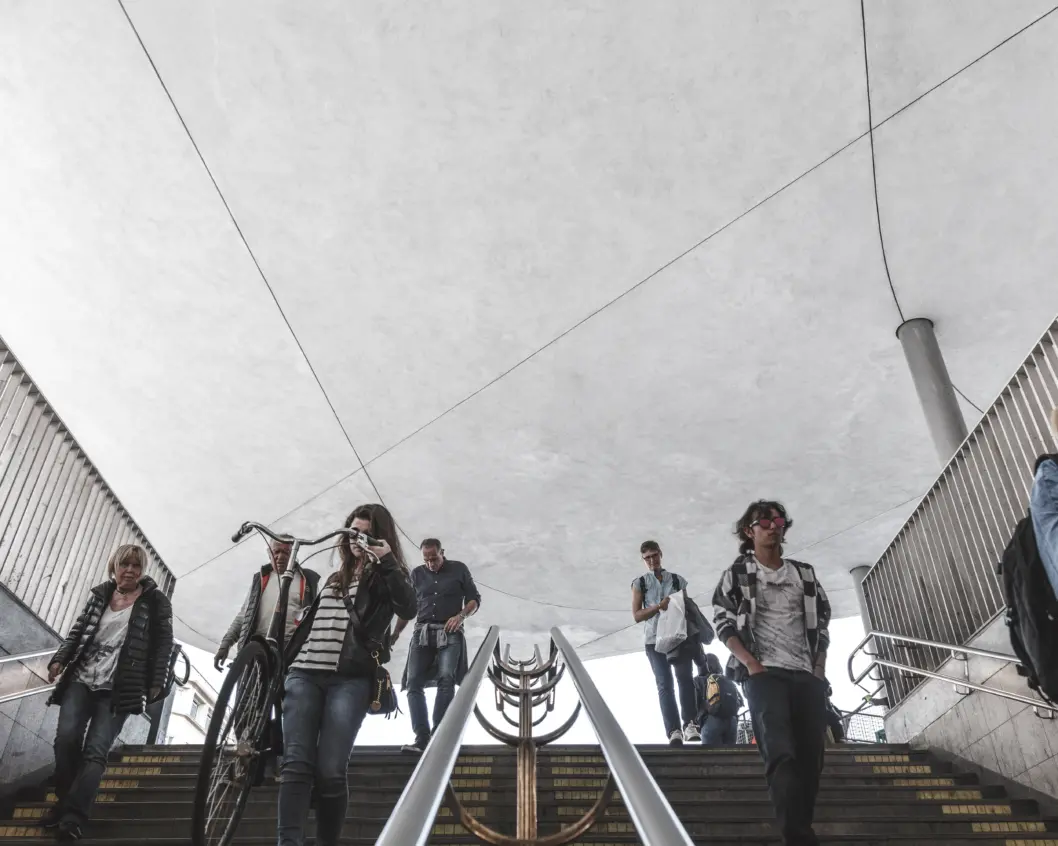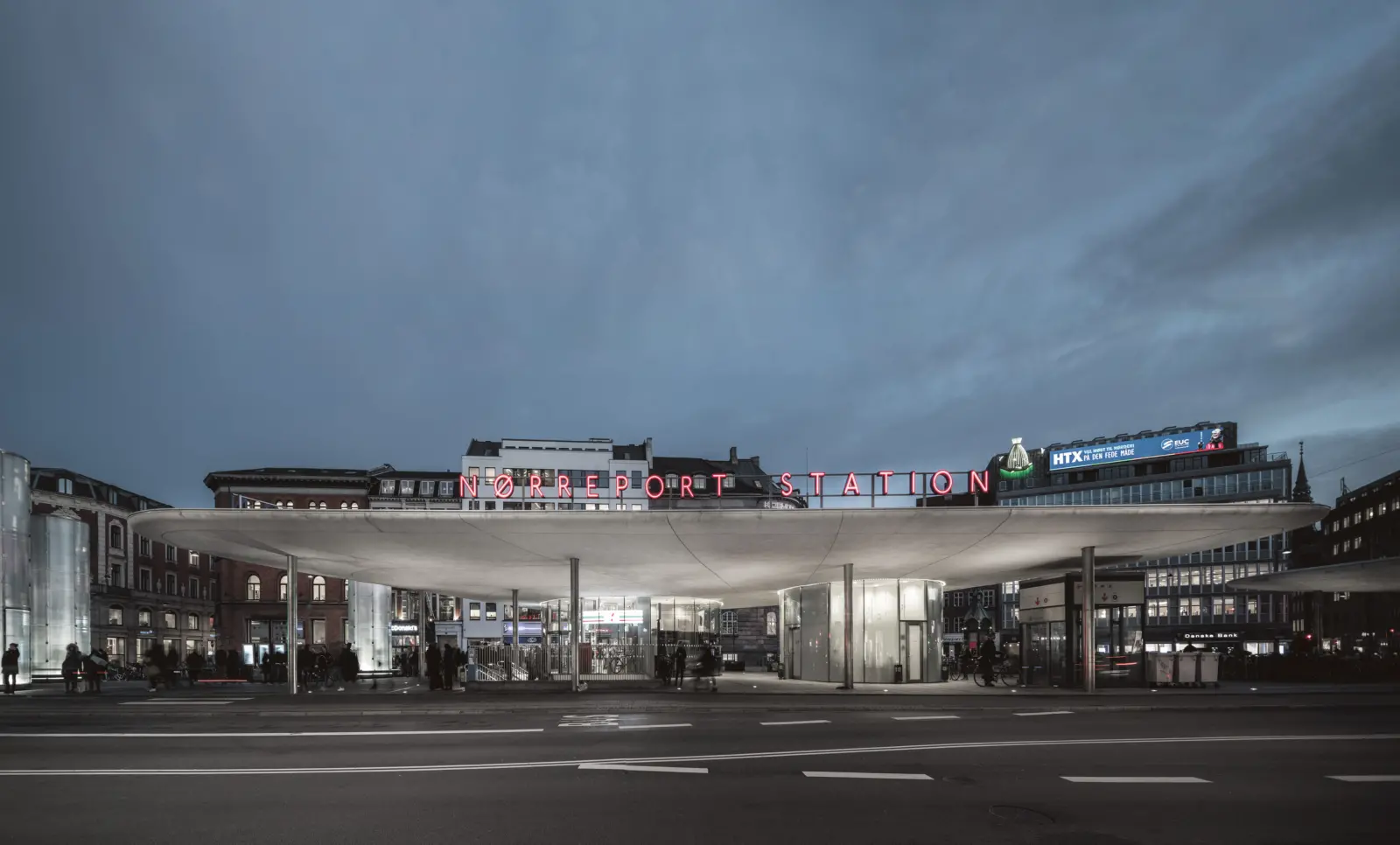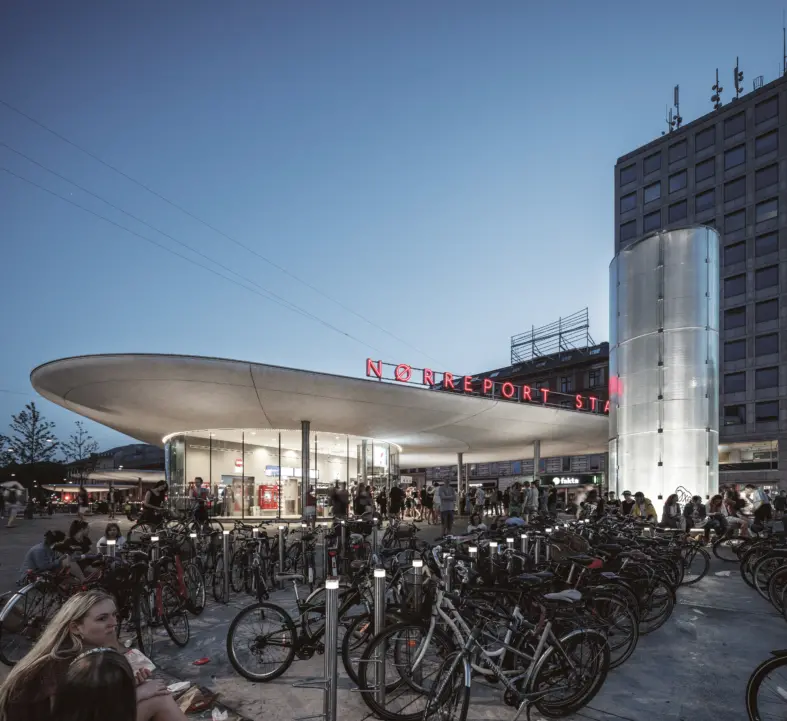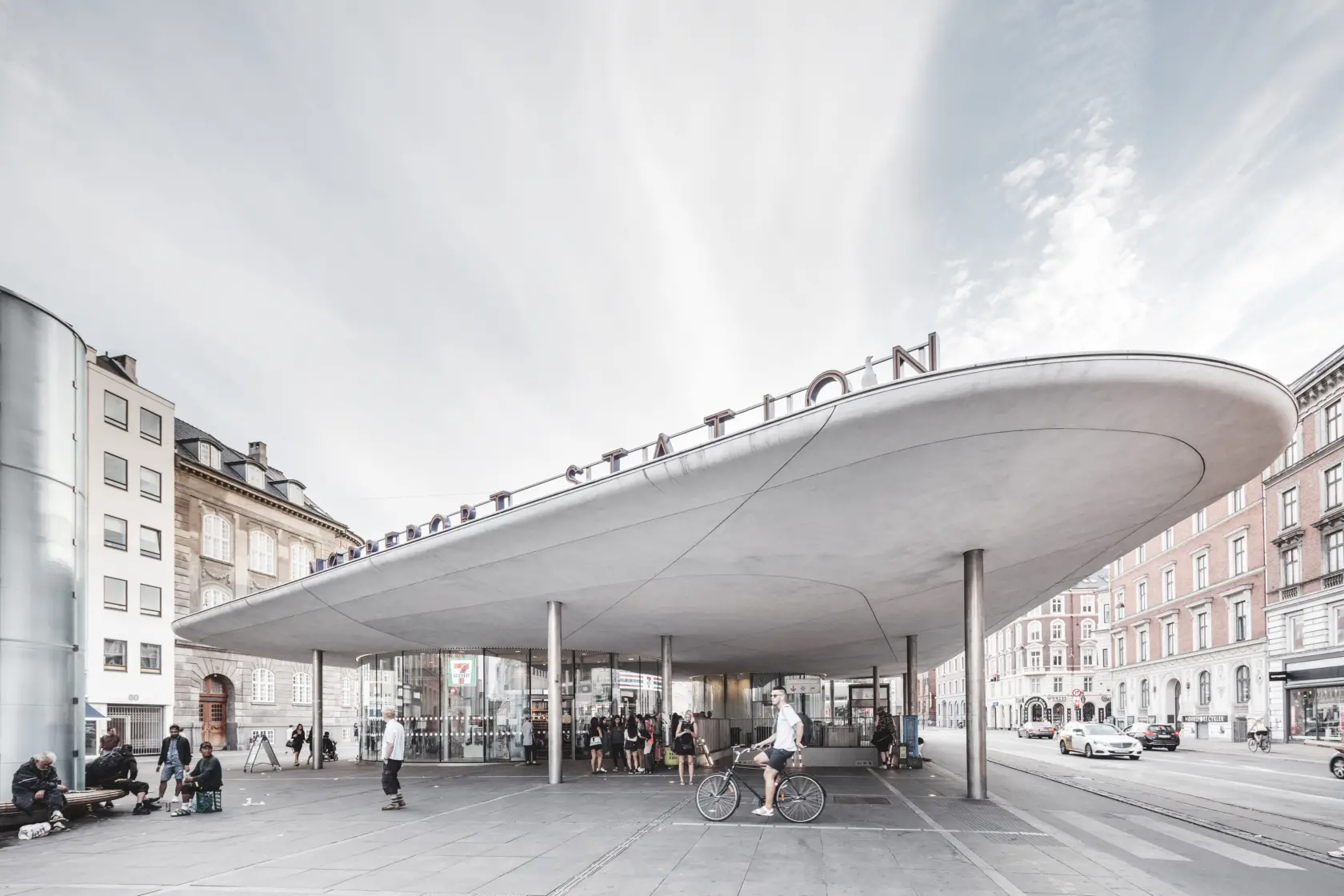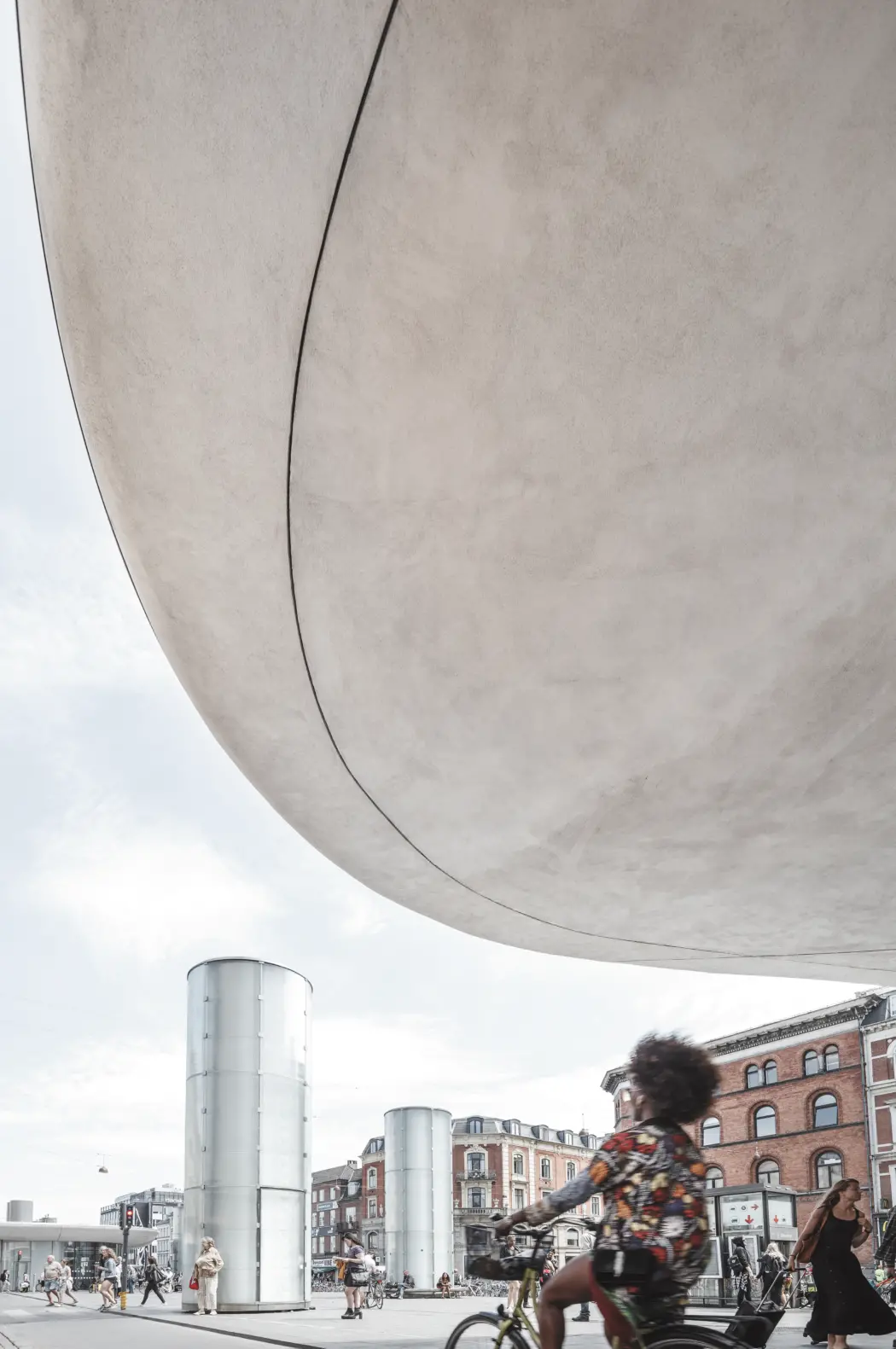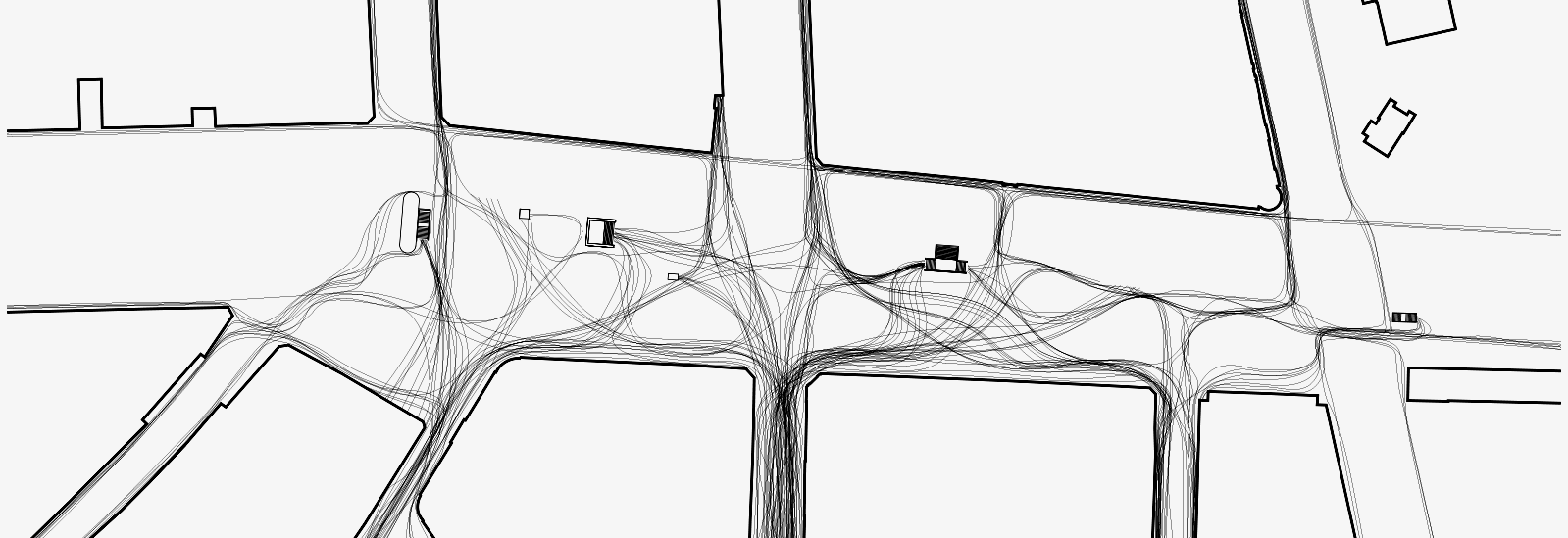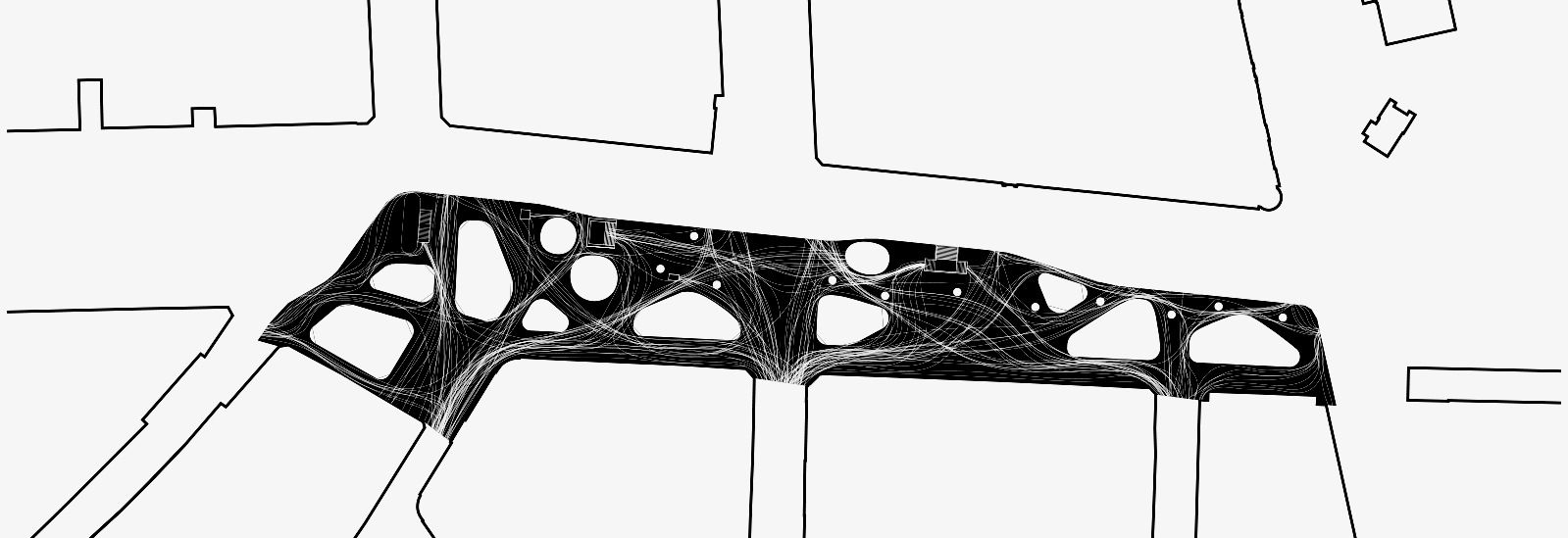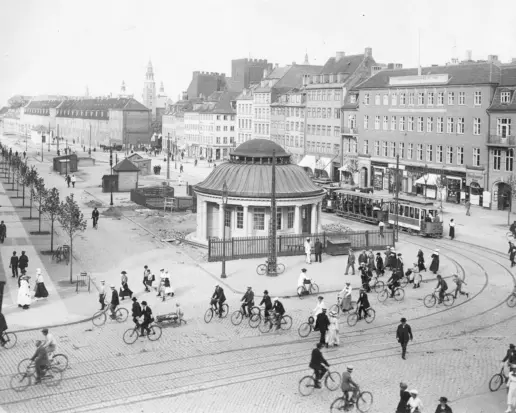
Nørreport Station 1918.
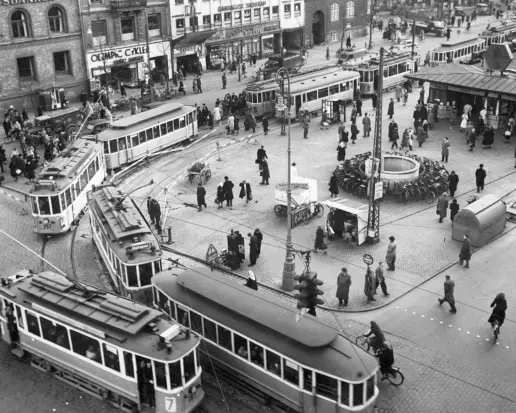
Nørreport Station 1950.
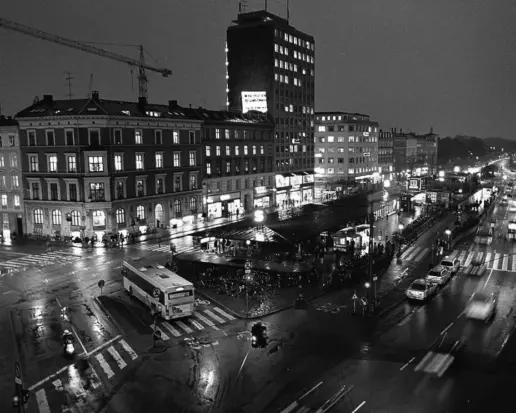
Nørreport Station 2007.
Before the car invasion, Nørreport Station was a lively place where bikes and people took center stage. The station later became a chaotic distribution line of trams, cars and buses, neglecting pedestrians and cyclists.
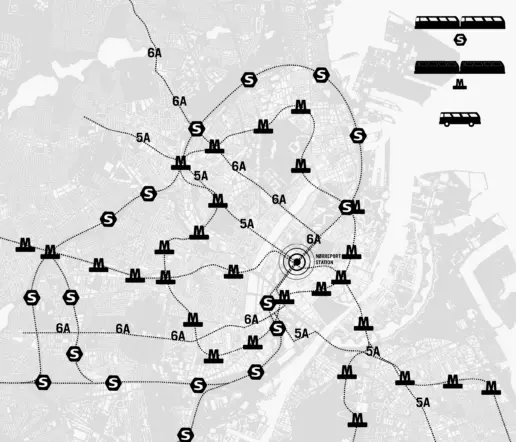
Public transportation: train, Metro, and bus lines.
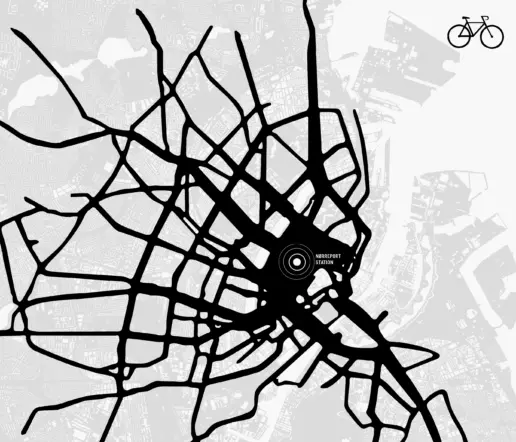
Cyclist density.
In Copenhagen, 70% of all movement is on foot or bike or by public transport. Nørreport Station is the busiest intermodal exchange point between traffic modes in Denmark, connecting the historic city center with all of the adjoining neighborhoods by train, metro and bus.
people
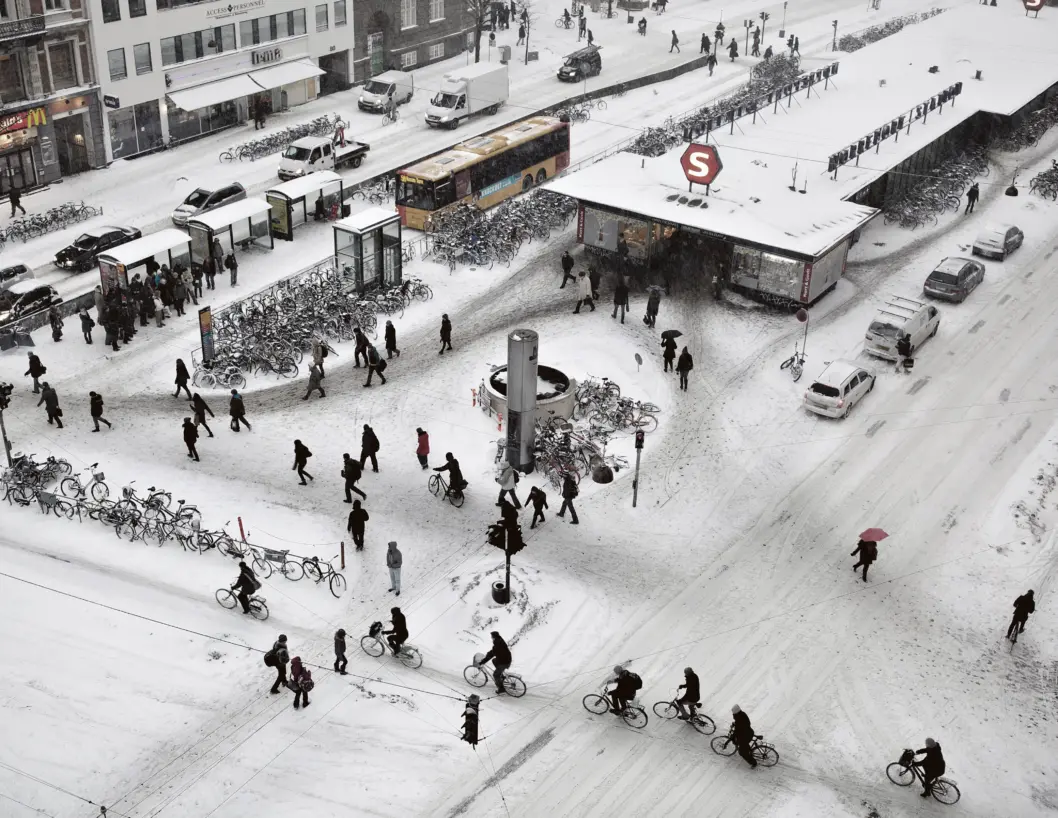
Before the transformation of Nørreport, the station was worn down, and passengers were forced to cross busy roads to access it.
In wintertime, organic pathways emerged in the snow created by people’s movements in and around the station, clearly showing us where there was a need for passages, shelter and bicycle parking.
Dan Stubbergaard, architect and founder, Cobe
The station pavillions and bike parking were arranged in between the main flow lines, which provides optimal access without disrupting the natural flow of movement.
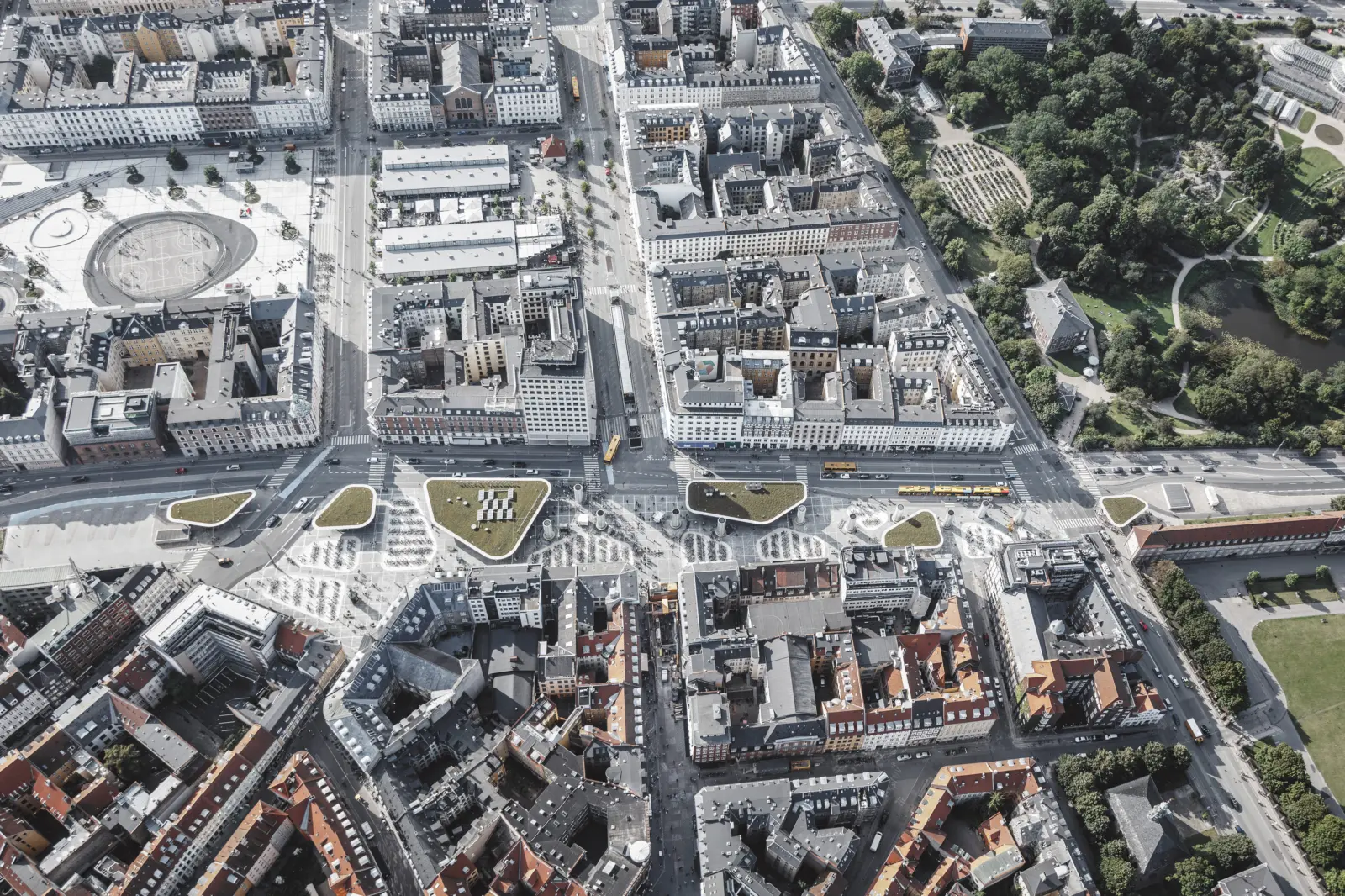
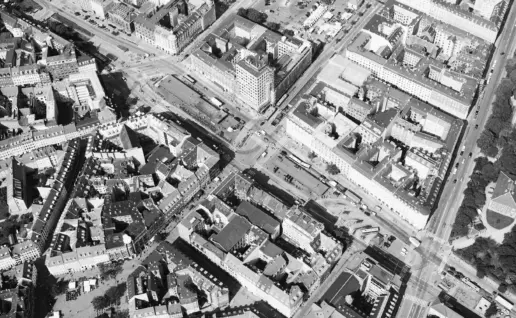
Urban plaza and train station.
Nørreport Station used to be an isolated chaotic island surrounded by traffic, making it difficult to access for pedestians. Today, the station has an extended public space and a new and improved connection to the main shopping street in the medieval city of Copenhagen.
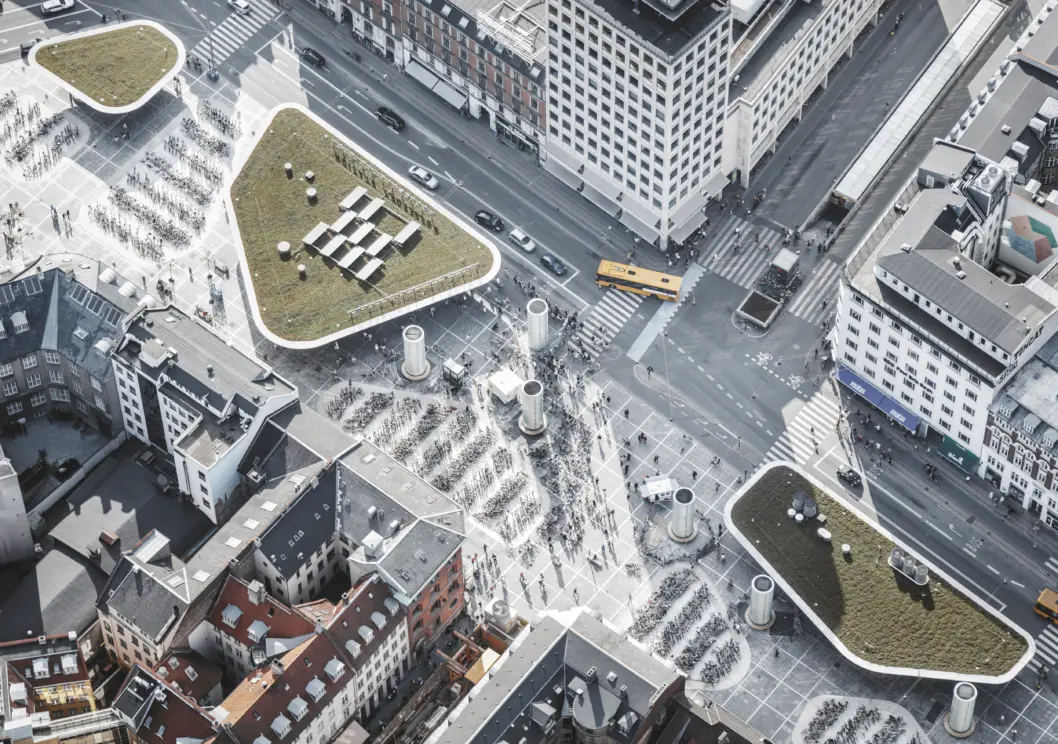
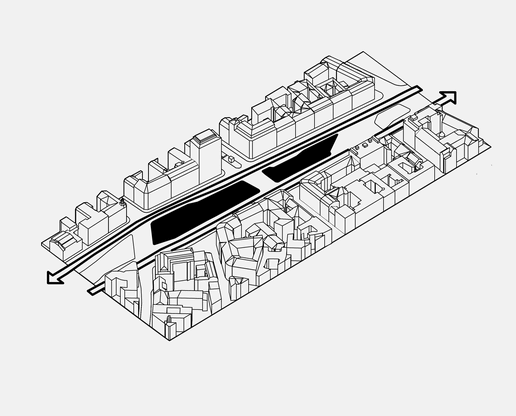
Nørreport before and after
Nørreport Station was once a difficult place to navigate – a traffic junction where people had to wait patiently for all the cars and busses to pass. Now it functions as an important public space where pedestrians have reclaimed priority, and the cars have to take other routes.
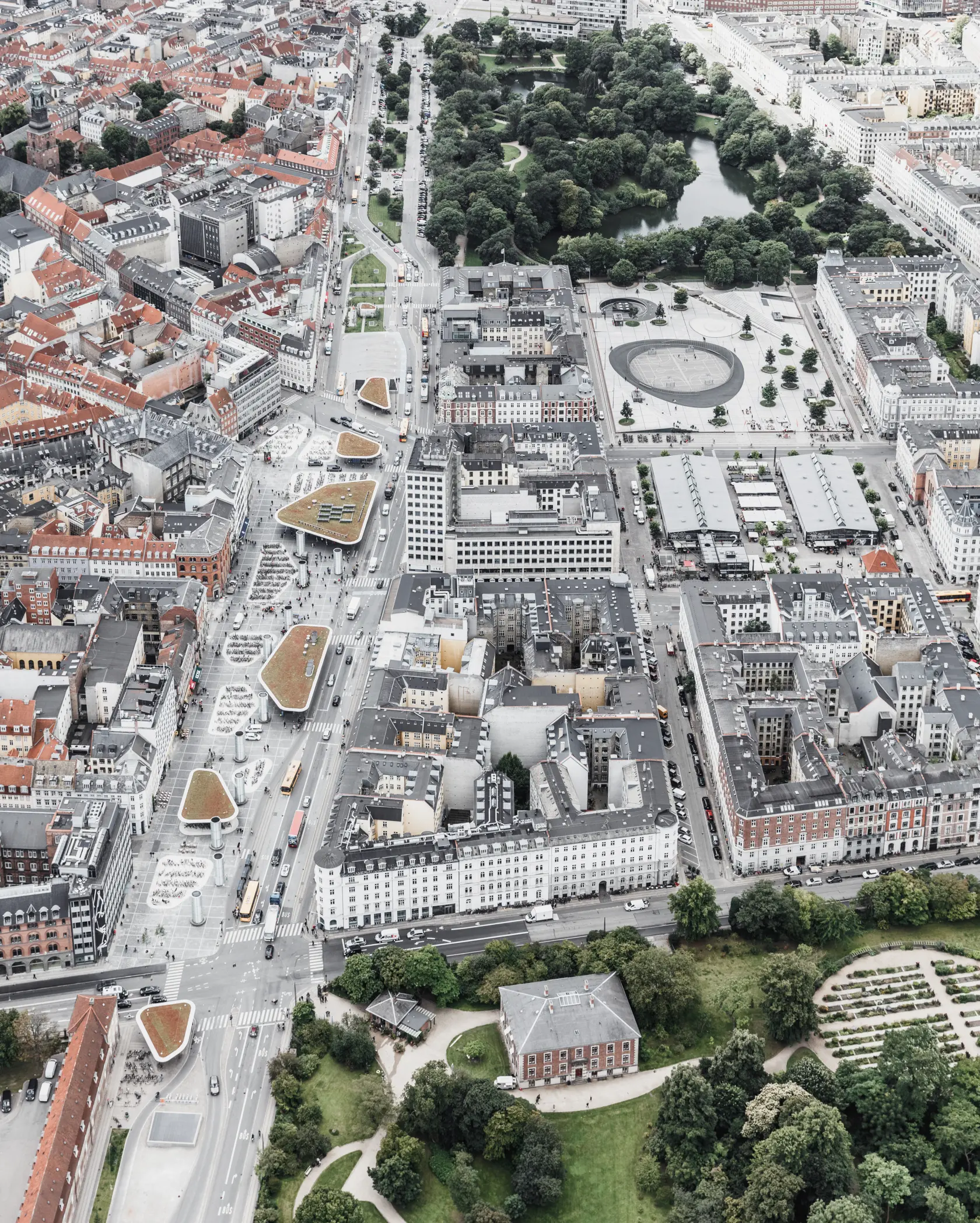
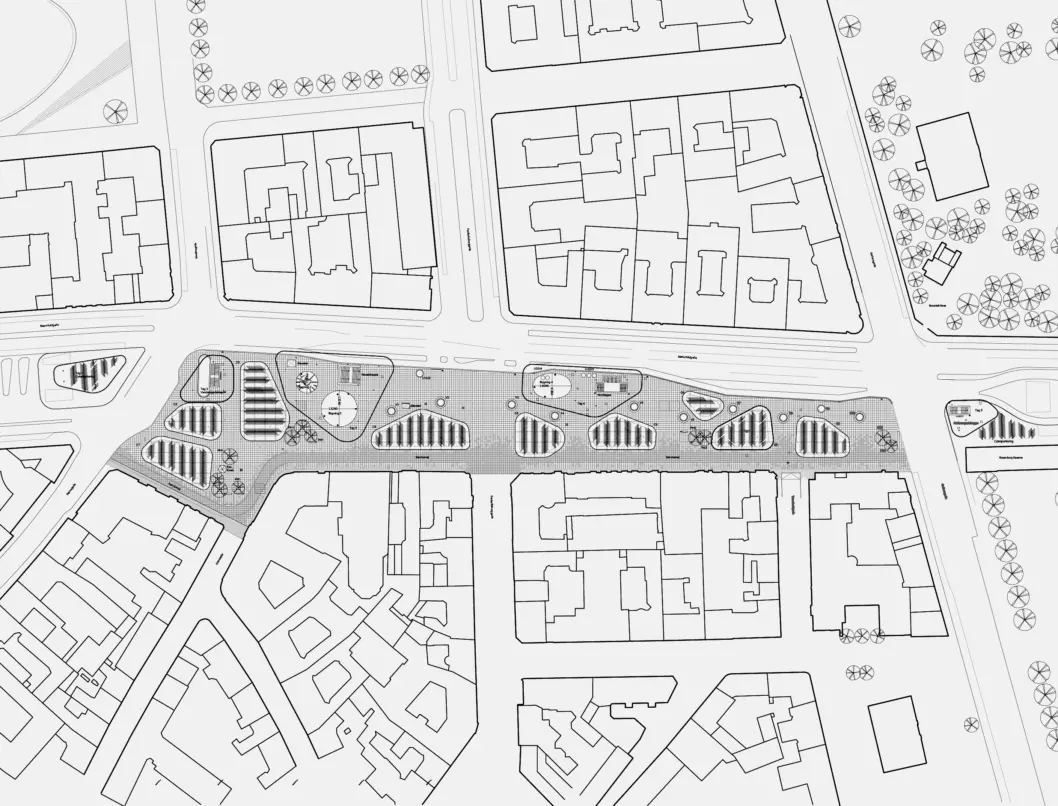
an urban space
In Copenhagen, 60% of all daily trips to work and studies are made by bike, resulting in a need for large-capacity bicycle parking at Nørreport Station. This challenge provided an important premise for the design of the public spaces.
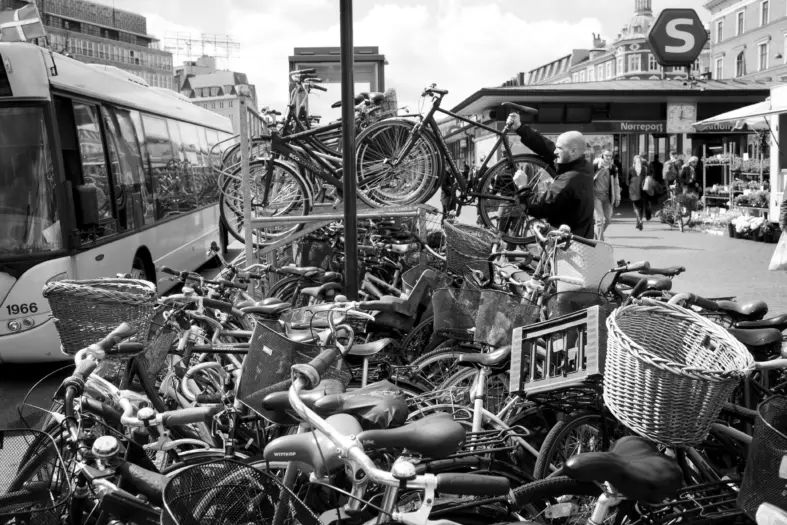
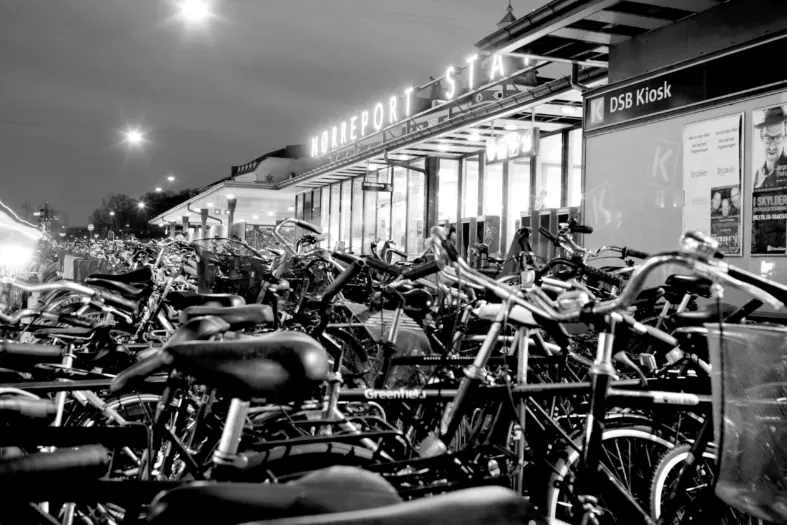
Thousands of bikes used to clutter the space around Nørreport Station. Without an efficient structure, they were randomly scattered, creating a messy and dysfunctional public space.
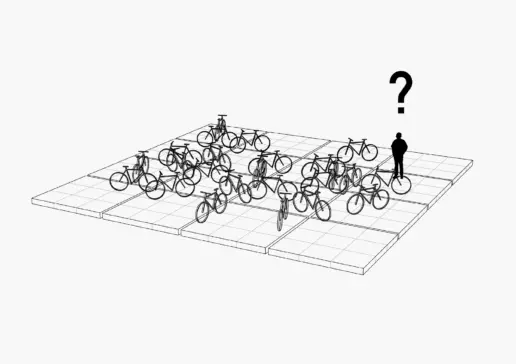
How to organize thousands of bicycles in a dense urban setting, while avoiding clutter and eyesores?
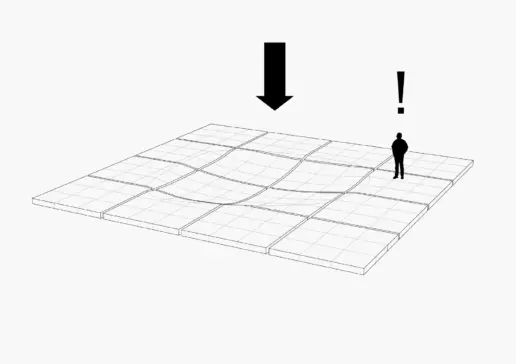
The solution was to place the bikes in well-defined areas slightly lowered into the ground, like flower beds in a park.
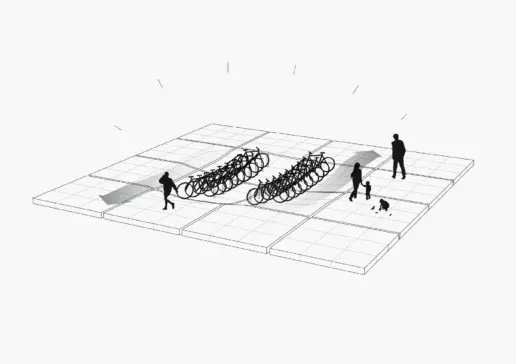
In this way, the bicycles have their designated space and are less visually obstructive.
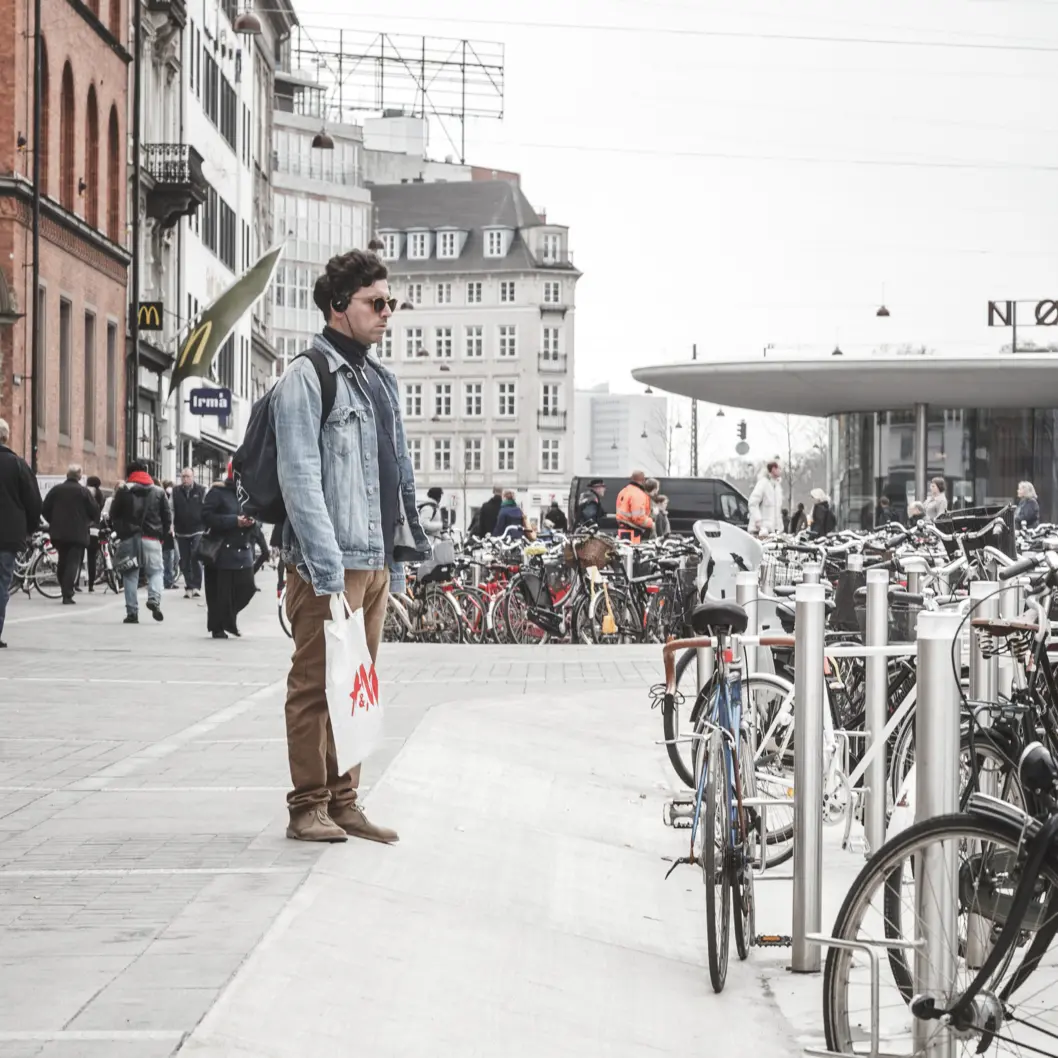
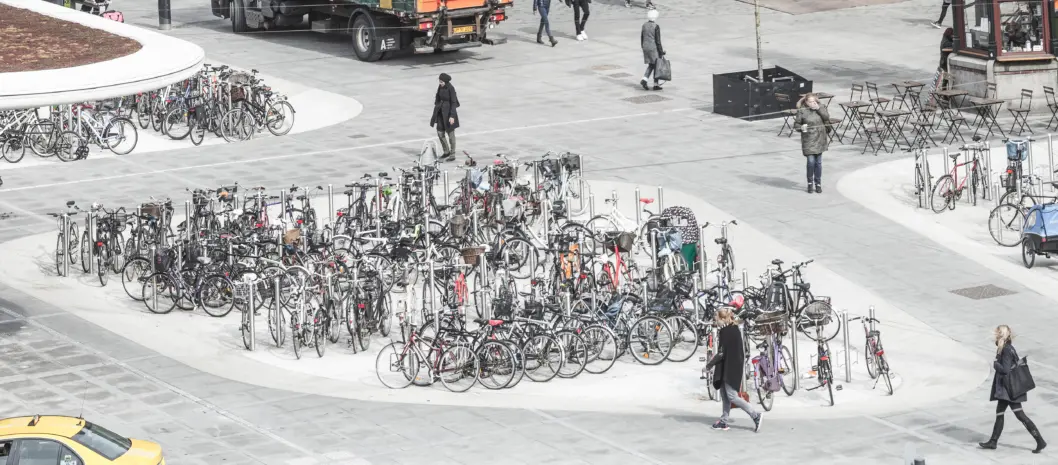
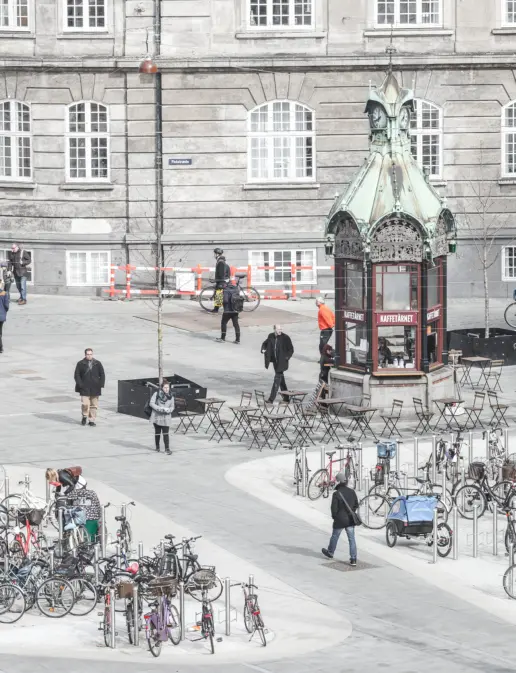
The sunken bicycle beds offer a clear indication of where to park and where to walk. At the same time, the lowered bicycle sections provide a calm visual expression and serve as rainwater containment areas in case of extreme weather events.
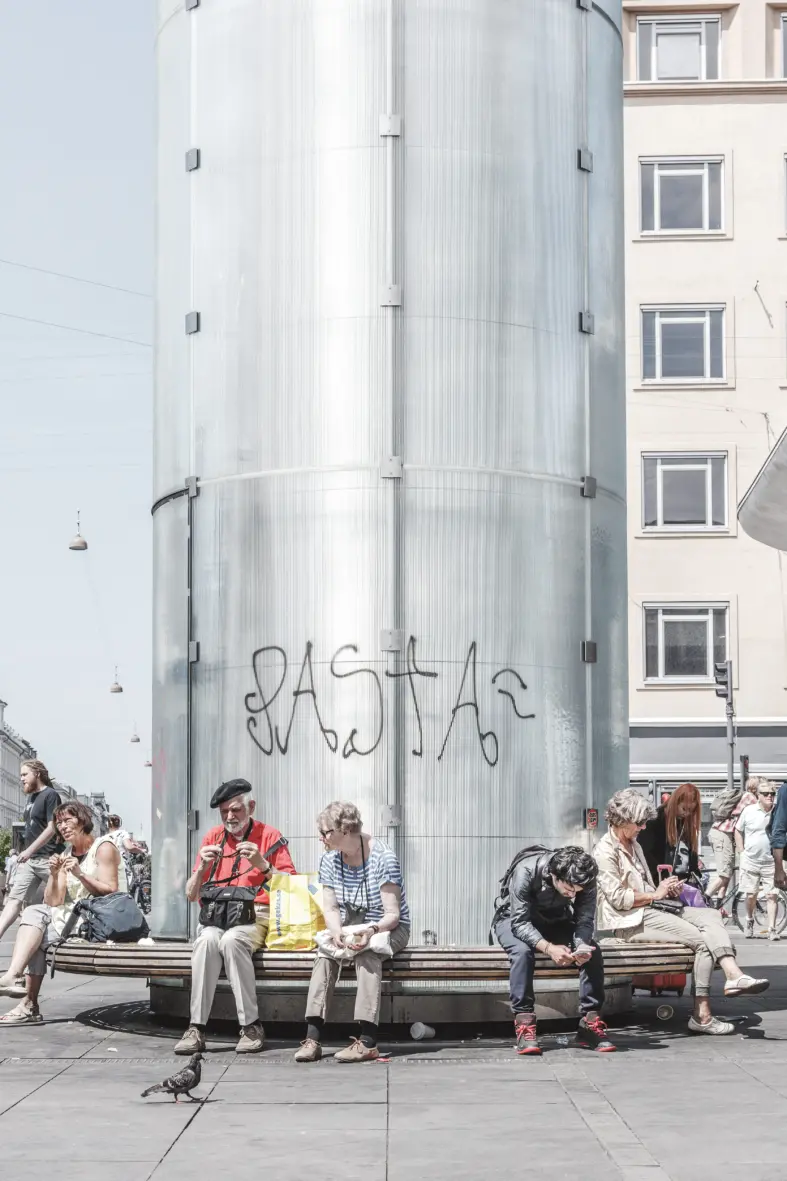
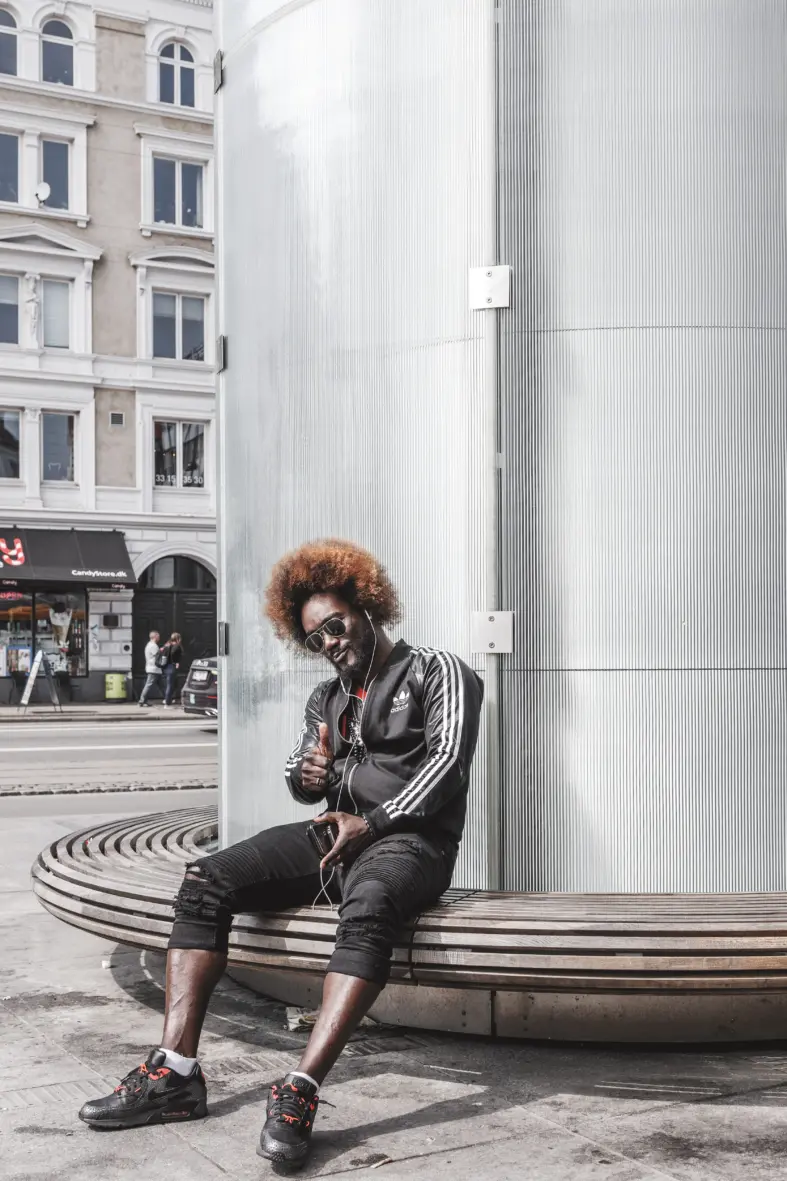
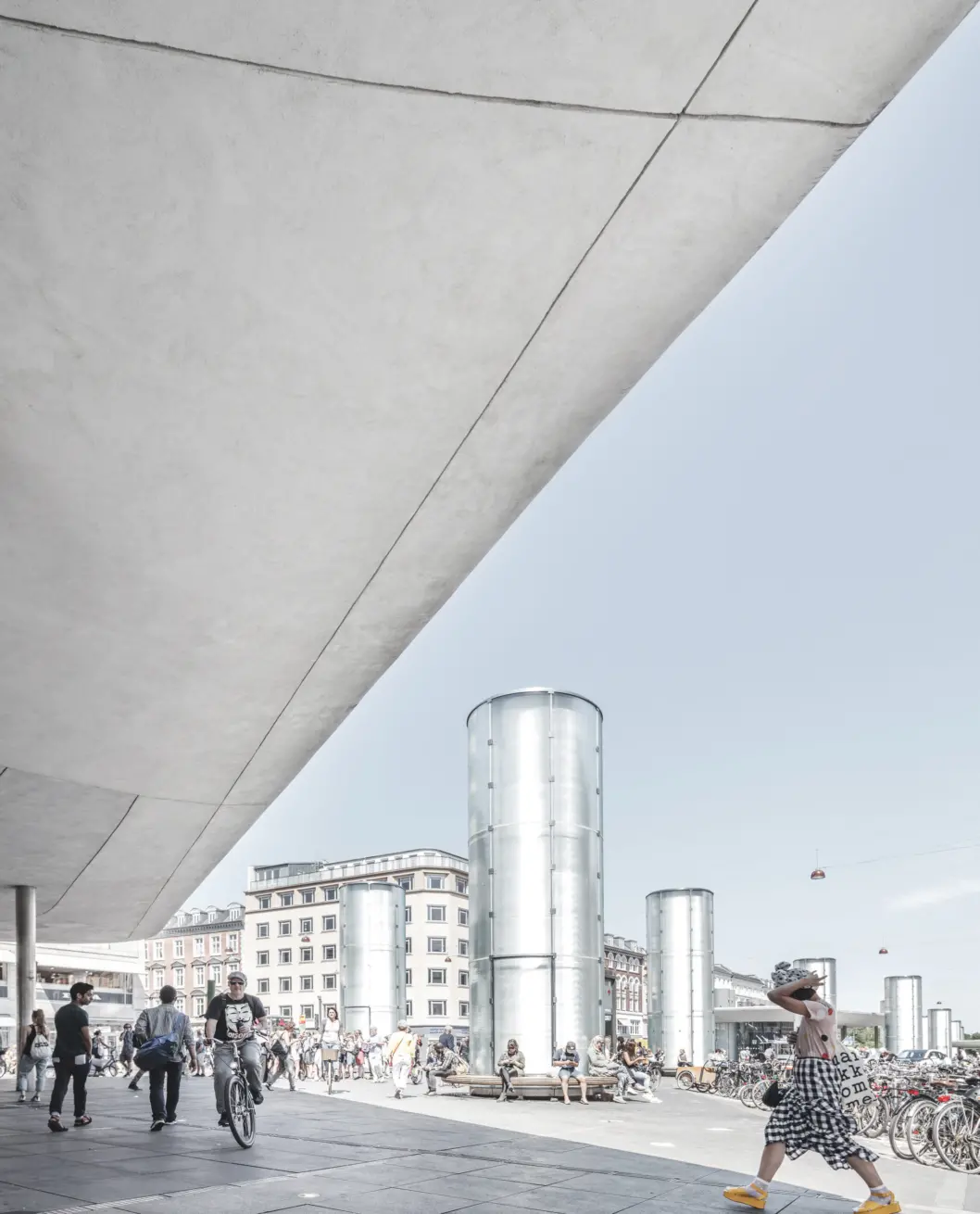
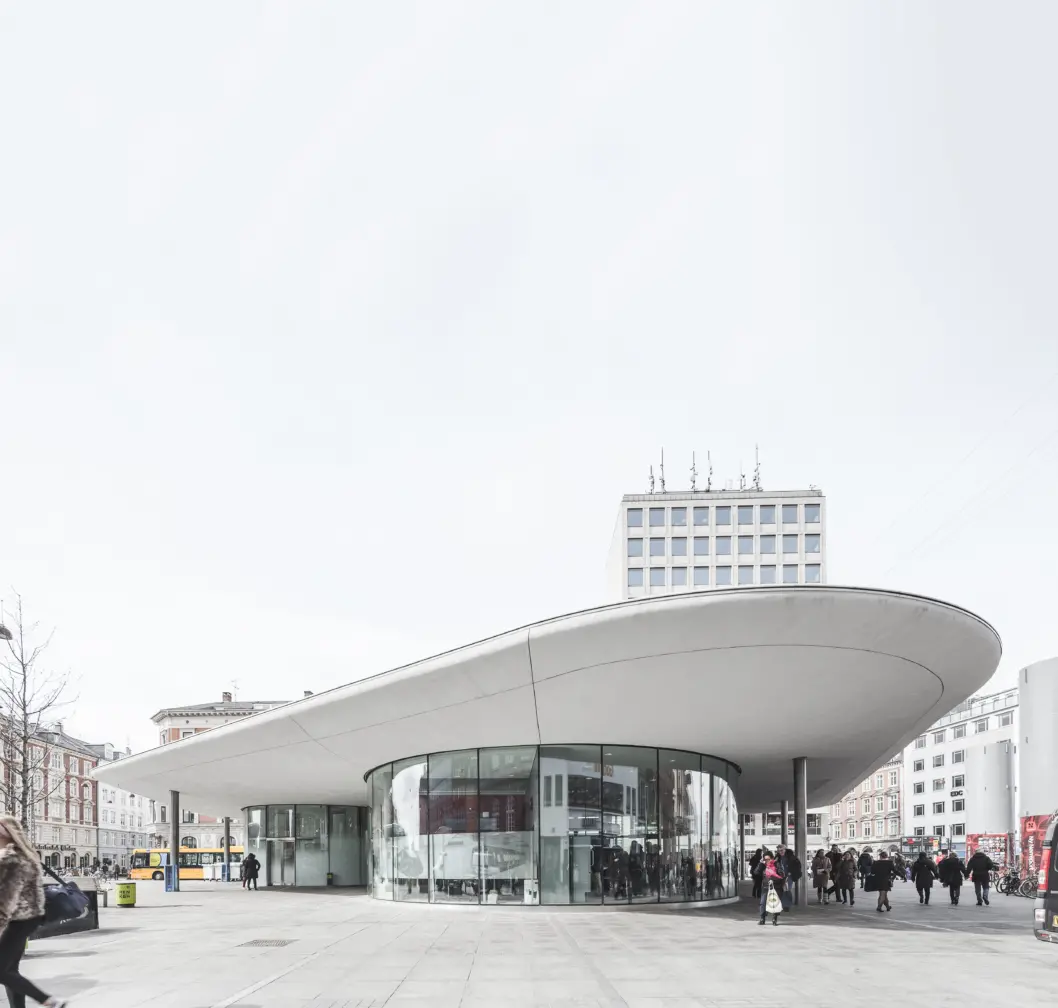
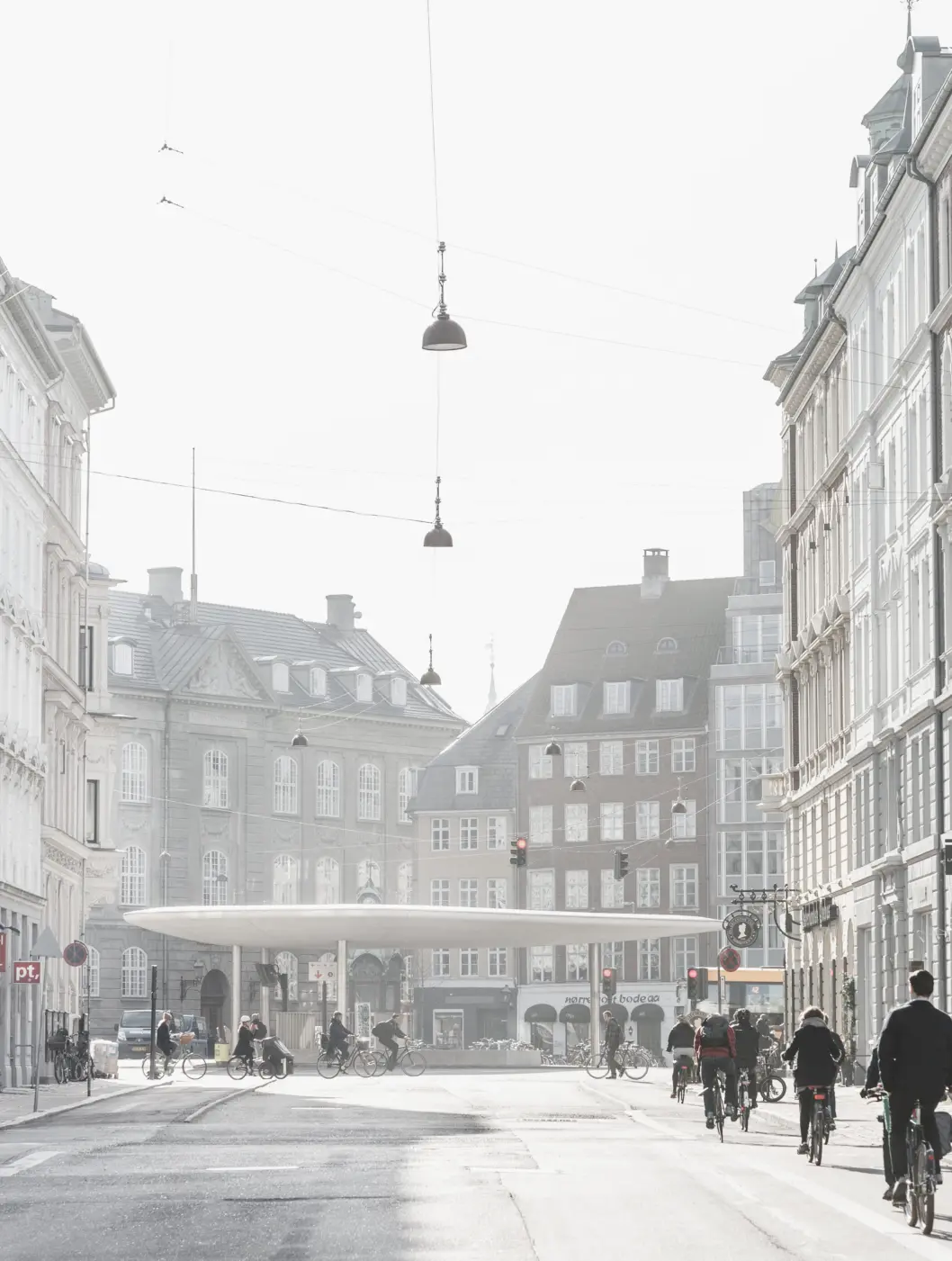
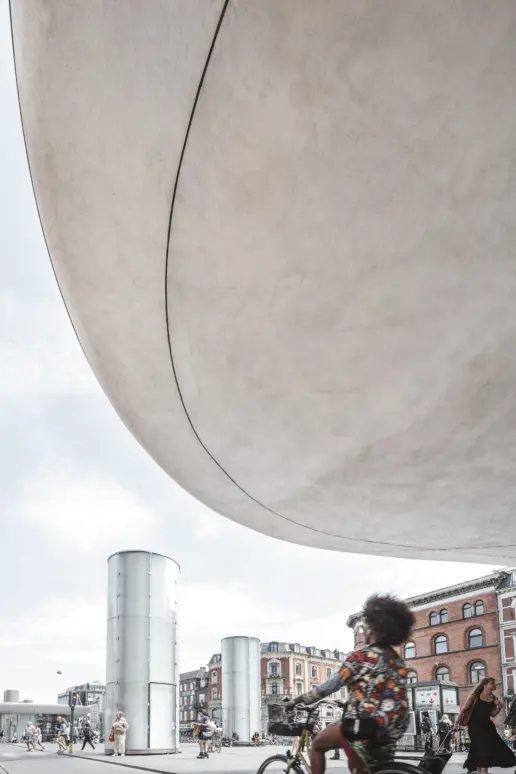
The roofs hover above the station elements providing cover for round glass buildings, parked bicycles and the entrances to the underground platforms.
